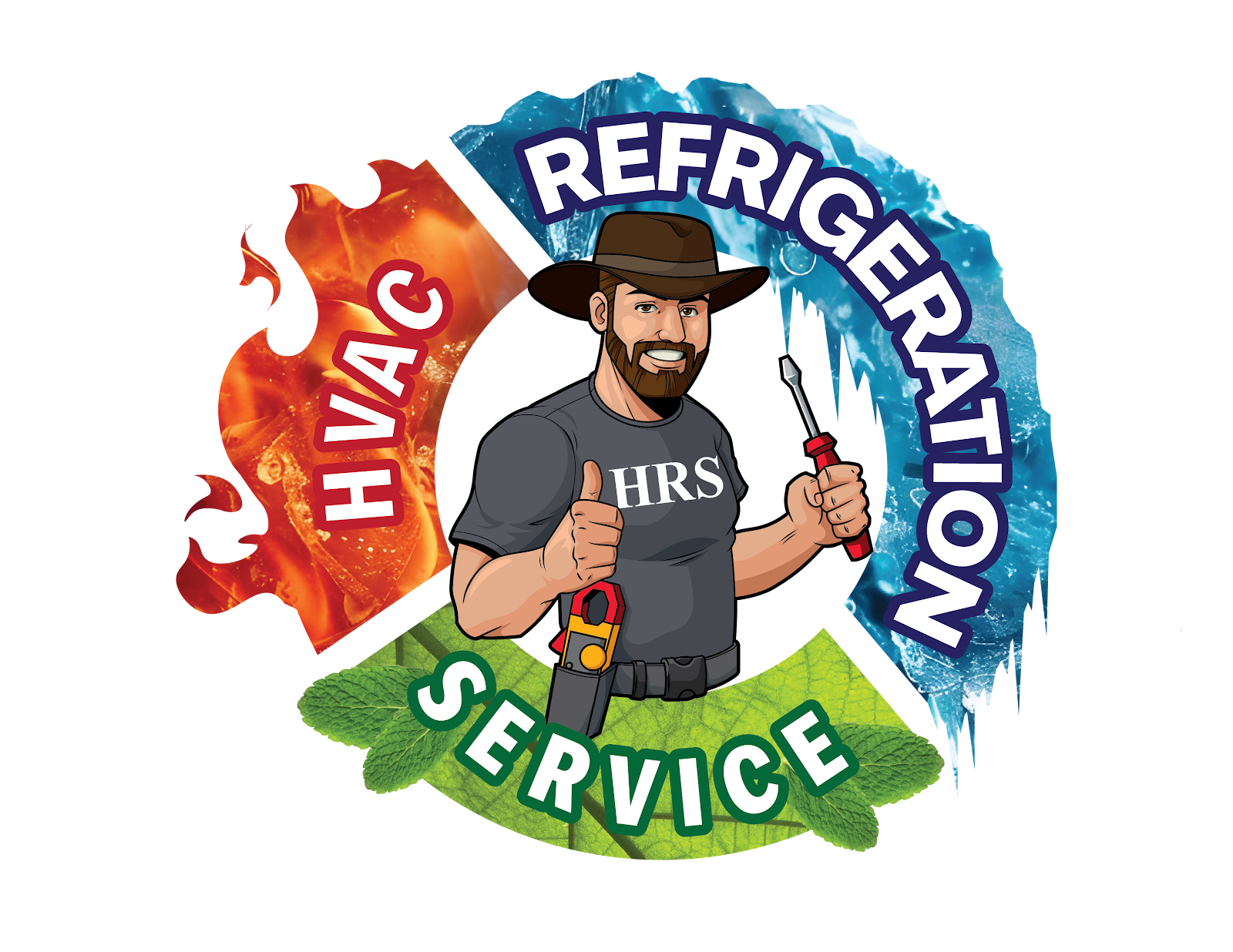Introduction
Heating and cooling systems are among the most essential systems we rely on in our daily lives, whether at home or in the workplace. These systems consume a significant amount of energy, impacting monthly electricity bills and the environment. Therefore, understanding how to improve the efficiency of these systems is crucial for reducing costs and minimizing environmental impact.
How Heating and Cooling Systems Work
![Suggested image: Diagram showing the heating and cooling cycle in a home with the technologies used]
Heating Systems
Heating systems work by converting energy from various sources into heat. Common heating systems include:
- Furnaces: These systems heat air and distribute it throughout your home using ducts.
- Boilers: These heat water to provide steam or hot water for heating.
- Heat Pumps: These transfer heat from one place to another rather than generating heat directly.
Cooling Systems
Cooling systems, primarily air conditioners, work by removing heat from indoor air and transferring it outside. The process involves:
- The refrigerant absorbs heat from indoor air
- The compressor pressurizes the refrigerant
- The condenser releases heat outside
- The expansion valve reduces pressure before the cycle begins again
Energy Efficiency in Modern Systems
![Suggested image: A comparison between traditional and modern energy-efficient HVAC systems]
Today's heating and cooling systems are designed with energy efficiency in mind. Key features include:
- Variable-speed motors: Adjust output based on heating and cooling needs
- Smart thermostats: Learn your schedule and preferences to optimize temperature control
- Zoning systems: Allow you to heat or cool specific areas only when needed
- High SEER ratings: Higher Seasonal Energy Efficiency Ratio (SEER) indicates better efficiency
Tips for Improving Efficiency
![Suggested image: A technician performing maintenance on an HVAC system]
Regular Maintenance
- Schedule annual professional inspections
- Clean or replace air filters monthly
- Keep outdoor units clear of debris
- Check for and seal duct leaks
Smart Usage
- Set programmable thermostats to adjust when you're away
- Use ceiling fans to supplement air conditioning
- Close blinds during hot days to reduce cooling load
- Consider seasonal adjustments to your system settings
Home Improvements
- Add proper insulation to walls, attics, and basements
- Seal windows and doors to prevent air leakage
- Install energy-efficient windows
- Use landscaping for natural shade
Sustainable Alternatives
![Suggested image: Solar panels or geothermal heating installation]
Renewable Energy Options
- Solar thermal systems: Use solar energy for heating water and spaces
- Geothermal heat pumps: Leverage stable underground temperatures
- Biomass heating: Uses organic materials like wood pellets
- Solar-assisted cooling: Reduces electricity consumption for air conditioning
Passive Heating and Cooling
- Strategic window placement for solar gain in winter
- Thermal mass to absorb and slowly release heat
- Cross-ventilation designs for natural cooling
- Green roofs and walls for insulation and cooling
The Future of Heating and Cooling
![Suggested image: Smart home with integrated heating and cooling management system]
Emerging technologies are transforming how we approach climate control:
- Artificial intelligence: Optimizes system performance based on usage patterns
- Smart grid integration: Adjusts energy consumption during peak periods
- Ice-powered air conditioning: Creates ice during off-peak hours for cooling
- Phase-change materials: Store and release thermal energy efficiently
Cost-Benefit Analysis
![Suggested image: Graph showing initial costs vs. long-term savings of efficient systems]
While efficient systems often cost more initially, they typically offer:
- 20-30% lower energy bills
- Extended equipment lifespan
- Potentially higher property values
- Available tax incentives and rebates
Conclusion
Investing in efficient heating and cooling systems isn't just about comfort—it's a smart financial decision with positive environmental impacts. By understanding your options and implementing the strategies outlined above, you can create a more comfortable living environment while reducing both costs and your carbon footprint.
Remember to consult with qualified HVAC professionals when making significant changes to your heating and cooling systems.

